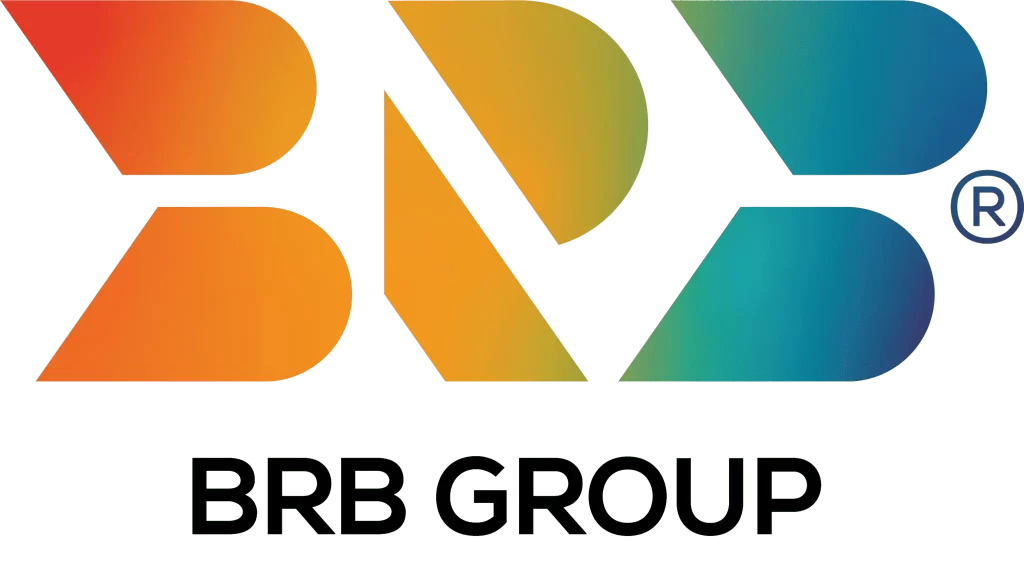Investment Calculator
The investment calculator is a multifunctional tool that helps you to make the
appropriate investment decision based on the type of investment you’re interested in. For example, you can not only estimate the final balance of your investment, butyou can also quickly assess what your initial balance, periodic contribution, or rate ofreturn should be to reach your ultimate goal. Besides, you can estimate the timeneeded for a specific investment to achieve a chosen desired balance.
As the tool incorporates multiple features, you can specify your investment to a great degree. For instance, you can set the average inflation rate, which helps you to find the purchasing power of your final balance and indicates if you have gained or lost in reality. The built-in dynamic graphs, namely, the Final Balance Breakdown and the chart of your Annual Balances, give you a better insight into the structure of your investment, and you can easily follow its progress through its lifespan.
How to use the investment calculator?
As now you are familiar with the main components of this device, you can learn how to apply it to different issues.
Begin by choosing the subject you are interested in, which can be the following:
1. Final Balance
This feature gives you an answer to probably the most basic question: What will be the final balance of my investment?
2. Initial Investment
If you choose this option, you can estimate how much money you need to invest at
the beginning of the term to reach a specific goal.
3. Periodic Contribution
With this function, you can quickly compute what money you should allocate in every specific period to get the desired final balance.
4. Time Length
The purpose of this option is to get an answer to a slightly trickier question: How
long should I wait to reach a specific goal?
5. Rate of Return
Finally, this function is designed to estimate the annual rate of return that is
necessary for realizing a desired balance.
After specifying the question, you can analyze the output in multiple ways. You can
find the results in three sections:
In the Results section, you can read all the relevant information about your final
balance and its compositions. Also, you can learn the effect of inflation if you decide to include that aspect.
Under the Final Balance Breakdown in Percentage, you can learn how the final
balance is built up and how its components relate to each other.
The Annual Balances section allows you to choose from various representations
according to your preference, where you can follow the progression of your investment year by year. The three options are a line chart, a bar diagram, and
a table.
How to estimate the future value of your investment?
To help explain the previously outlined features, we will now go through a simple example for the most basic function of the tool: What will be the future value of my investment?
Main Features
1. To find the future value, you need to choose what you would like to know,
which the “Final balance” is in this case.
2. Determine how much you are willing to invest initially. Note that you can set the initial investment to zero as well; however, in such a case, you need to set an additional contribution to your investment.
3. Set the rate of return.
4. Determine the duration of your investment.
5. Choose the compounding frequency.
6. Decide if you’d like to include the inflation rate.
Additional Contributions
1. If you would like to allocate additional money with a specific regularity, first
choose how often you would like to do it. Note that your initial investment,
thus your principal, will augment by this amount until the end of the term.
2. Set how much money you would like to add to your investment.
3. Specify when you would like to settle the contribution to the periods.
4. Decide if you would like to set any growth rate to the sequence of the contributions.
Results
Read the output information and review the charts for more details.
Interest on investment formula
If you want to know how to calculate the final balance of your investment over a
period of time, the equation is the same for any asset:
Final balance = initial amount (1+interestrate / compound
frequency) compound frequency × years
The time period will usually be one year, as interest rates are often calculated
annually. There are also other equations used to estimate various investments. Their complexity depends on how many variables you want to take into consideration (effects of inflation, changing interest rates, etc.).
FAQ
How do I estimate the future value of my investment?
To estimate the future value of your investment, you need to know:
1. The amount you are willing to invest initially.
2. The rate of return of your investment.
3. The duration of your investment.
4. The compounding frequency (i.e., yearly, monthly, weekly).
5. The inflation rate, if you want to know the amount earned in an inflation-adjusted term.
Once you have this information, you can use it in the equation:
Final balance = Initial amount × [(1 + (Interest rate / Compound
frequency)]^(Compound frequency × years)
What is considered a good investment for beginners?
If you are starting out investing your money, you should not invest in higher-risk investments but prioritize low-risk investments. Good investments for beginners
could be:
1. Fixed deposits;
2. Stocks (indexes and large market cap);
3. Bonds;
4. Mutual funds; and
5. Property investment.
How do I start investing my money?
To start investing your money, you need to:
1. Decide how much you want to invest.
2. Establish for how long you want to invest — short-term or long-term?
3. Determine if you will need assistance with your investments or if you will do it on your own.
4. Check the type of investment is the best option for you.
5. Start investing!








